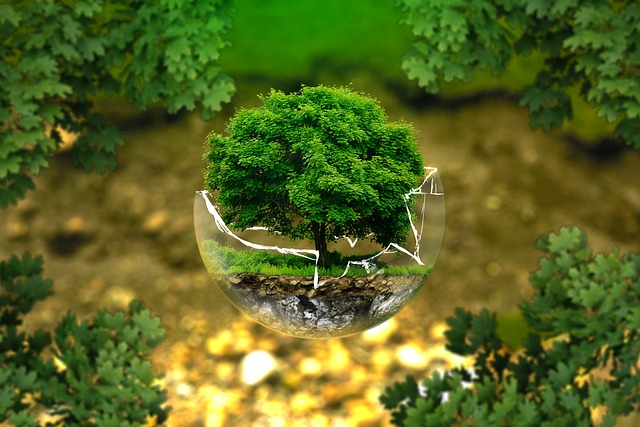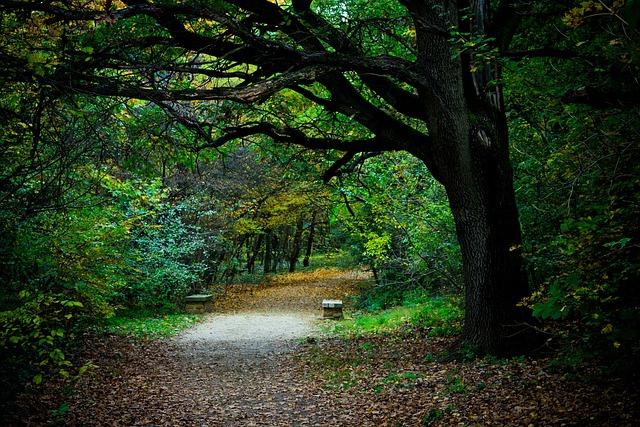Hay House Publishing recently provided a Book Writer’s Bootcamp which was held over 4 days with two hour Zoom sessions each day conducted by Reid Tracy CEO and Kelly Notaras (a 20 year veteran of the publishing industry – including a role as VP and Editorial Director for Sounds True which specialises in spirituality publishing). Reid and Kelly covered a wide range of topics associated with book writing including identifying your audience, deciding the genre of your book, the “hook” for your book, basic research, developing an outline, the roles of editors, deciding your perspective (first, second or third person or a combination) and getting published.
Both Reid and Kelly make the point that once you get started as a writer, you never know where your writing will take you. Kelly is a very experienced editor and she eventually started her own business, KN Literary Arts, where she offers book coaching, writing support, editing and assisted self-publishing. Through her website and YouTube channel, she offers free, ongoing advice and encouragement for authors. Kelly is also the author of The Book You Were Born to Write: Everything You Need to (Finally) Get Your Wisdom onto the Page and into the World.
Adopting a mindful approach to writing your memoir
Memoir writing requires mindfulness – being conscious of what you are doing in the moment and why you are doing it. It entails dealing with your thoughts and feelings as they occur (rather than pushing them aside). You have to be mindful of your audience, understand their needs and distil the wisdom of your life for their benefit. Throughout, you need to be patient, be prepared to be immersed in your focus and allow time for the book to germinate (after developing fertile ground through mindfulness). Writing will demand openness to the lessons learned in your life and in the act of reflecting and writing. Below are some things you can do to develop a mindful approach to writing your memoir.
Dealing with your own negative messaging: Seth Godin, multi-award bestseller and expert marketer, reminds us that you have to quiet your lizard brain when attempting something new. You naturally tend (through fear) to identify all the objections and potential problems. You might think that “I am not good enough”, “I am going over old ground” or that “I am not good at writing”. Mindfulness practices can help us overcome negative thinking and remove this barrier to progress. Reid and Kelly remind you that no one has had your unique life experiences or been in your position to experiment with your insights or ideas. You can bring your own “mindset and methodology” to existing knowledge areas (such as raising children, handling grief, overcoming setbacks). In relation to writing skill, one of my Professors always said that to learn to write, you need to “write, write, write!” Writing begets writing skill and I have seen this in children in primary school – by beginning with something that is achievable in the first instance and then progressively expanding their capacity. In the early days (2016) of this particular blog with its special focus on mindfulness, I was struggling to write 300-word posts; now, after more than 700 posts, I have trouble restricting my writing to around 1,000 words (my desired length).
Identify your audience: It takes discipline and considerable thinking time to understand who specifically you are writing for. Kelly reminds us that writing a memoir is “80% thinking time” and the rest actually writing and doing related tasks. The more specific you can make your audience (even just focusing on someone you know or a particular small group you have had experiences with), the easier it will be to decide what to include or exclude. If you try to write “for everybody”, you will tend to ramble and this has no appeal for, or traction with, the reader. Kelly maintains that “the more niche, the greater the success” – the more you can target your message to a specific audience “who needs what you have to share”, the more likely you are to be successful.
Know your genre: According to Kelly and Reid, memoirs tend to fall into three categories – (1) Narrative Memoir, (2) Prescriptive Non-Fiction or (3) Teaching Memoir. A narrative memoir focuses on a particular period of your life (a story) and a related theme; prescriptive non-fiction focuses on “how-to-do” something, for example, writing, meditation, cooking or managing time; and the teaching memoir melds storytelling with “lessons” (e.g. through exercises or guides). Kelly helps you to delineate these different genres by providing a free download to subscribers in the form of Three Classic Book Outlines – outlines that cover each of the three types of memoirs mentioned above. An outline is critical for structuring your writing and determining your outline is typically an iterative process as you begin to write and understand your audience and your theme/focus. Kelly also talks about the differences between memoirs and autobiographies in one of her many YouTube videos.
Check whether your book has resonance with your audience: Both Hay House and KN Literary Arts focus on transformational non-fiction – this is where someone who has experienced some form of “transformation” wants to share their acquired insights and wisdom by writing a self-help book, an inspirational memoir, or focusing their book on personal growth or spiritual development. In one of her videos, Kelly provides the Three Keys for effectively undertaking transformational non-fiction. Besides focusing on your own wisdom (not that of someone else you admire), Kelly encourages you to take the time necessary to distil your wisdom from your own experience and to identify what will have resonance with your audience. She suggests “teaching before you write your book” is a good way to undertake what she calls “resonance and development” – through research, identifying more completely what your audience needs. Kelly argues that “books tend to germinate slowly” and will develop according to their own schedule, not yours. She maintains that you need to take the time necessary to build greater resonance with your audience and to develop the insight to discern the connections amongst seemingly discrete events/experiences. Too often, intending writers have failed to achieve the necessary immersion in their topic/theme to achieve the required level of clarity to facilitate effective writing. Lack of immersion will be reflected in “poor digestion” of the issues/problems being addressed and leave the reader confused and uncertain and unwilling to recommend your book.
Overcoming writer’s block: There are numerous suggestions on the Internet for overcoming writer’s block. Some people encourage mindful walking to clear your mind and develop self-awareness. Other suggestions include journalling (and naming your feelings about writing), speed writing or writing poetry. Nancy Levin, author of Writing for My Life…Reclaiming the Lost Pieces of Me: A Poetic Journey, offers insights into how to explore your own vulnerability and connect with others through poetry. Reading memoirs of others can also act as a stimulus to free up your thinking and writing (Kelly and Reid suggest that this reading research is a necessary component for effective memoir writing anyway).
Consciously overcoming the tendency to perfectionism: Both Reid and Kelly maintain that you should write your first draft of your book before you begin editing. This avoids the tendency to perfectionism – a tendency that can create a severe blockage in your writing. If you don’t hold off editing until you finish your first draft, you can end up in a process of continuous writing and rewriting without achieving any substantial progress on your manuscript. The same principle applies to your efforts to write a hook for your memoir or an initial outline. Start with a tentative hook and outline and refine them as you go – you will gain greater clarity for both as your write.
Reflection
What is very clear from the Hay House Bootcamp and related writing and videos is that in writing a memoir you are processing yourself as well as providing a resource for others. As Kelly points out, your book itself can actually be a milestone in your own learning (or spiritual) journey. Elsewhere, I have written about the Healing Power of Storytelling. Creating a reflective blog can also help you to discover your inner author and develop the mindfulness necessary to produce a successful memoir.
In participating in the Bootcamp, I became aware of a number of options that I have for advancing my own writing. One is a teaching memoir based on my varied life experiences as a contemplative monk, academic, consultant, manager, father and writer. The other is a form of prescriptive non-fiction focused on my action learning experiences. With the former, the teaching memoir, I need to do considerably more research to fill in the gaps in my life history and decide a particular focus or theme to write about (I view this as an iterative process). The prescriptive non-fiction option is something that I can start immediately because I have already completed the requisite “resonance and development” having conducted numerous workshops with my audience over more than a decade, undertaken PhD studies in the area, conducted participative presentations, written book chapters and articles on the topic and used this blog as a form of reflective journal. Reid and Kelly maintain that these kinds of activities along with the use of social media provide a “platform” for your book launch.
As I grow in mindfulness by adopting different mindfulness practices, I look forward to gaining greater self-awareness, consolidating my message (in both genres) and developing my concentration and writing processes. At the moment, I am exploring self-publishing options through the resources and guidance provided by Kelly’s KN Literary Arts and Balboa Press (a division of Hay House).
________________________________
By Ron Passfield – Copyright (Creative Commons license, Attribution–Non Commercial–No Derivatives)
Disclosure: If you purchase a product through this site, I may earn a commission which will help to pay for the site and the resources to support the blog.









